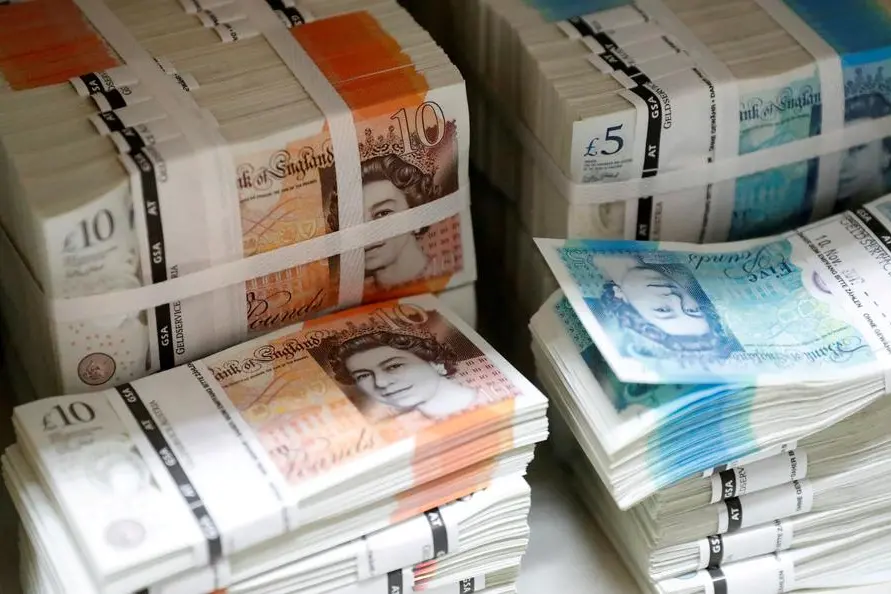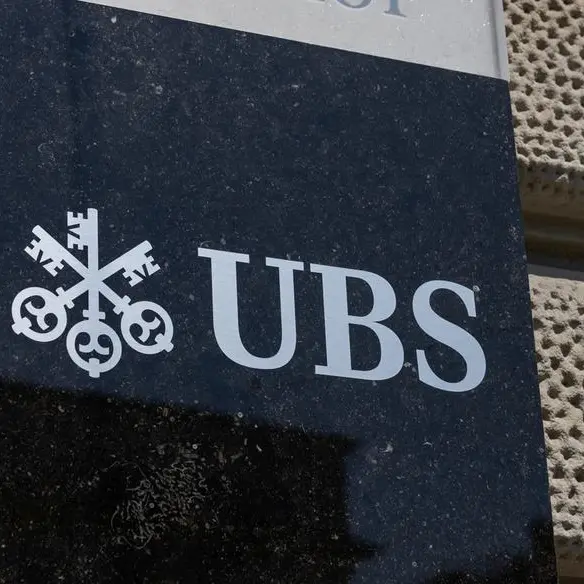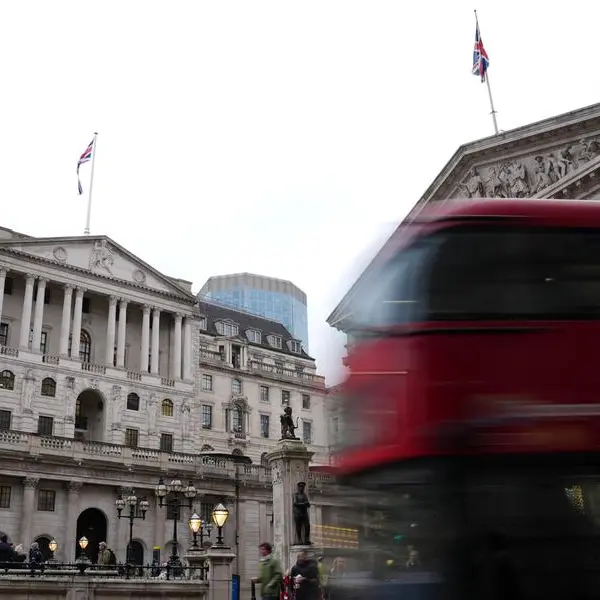PHOTO
The pound was heading for its second straight weekly fall against the dollar on Friday, weighed down by a resurgent dollar and weakness in the British economy.
Sterling was up 0.15% to $1.243 on Friday. It was set for a weekly loss of 0.17%, however, after falling 1.45% the previous week.
The euro was up 0.08% against the pound at 86.87 pence.
The dollar has risen around 2.5% since mid-April as economic data has remained strong, raising the possibility that the Federal Reserve will hike interest rates again next month.
In recent days, concerns about the U.S. debt ceiling standoff has somewhat counter-intuitively boosted the dollar, which is seen as a safe-haven at times of stress.
Data released on Tuesday added to the downward pressure on sterling by making it more likely that the Bank of England will hold interest rates at the current 4.5% level.
It showed that British unemployment ticked up to 3.9% in the three months to March and basic pay increased 6.7%, lower than economists' expectations in a Reuters poll.
"GBPUSD has once again broken down through the massive $1.2448 level, in a move initiated by worse than expected unemployment data earlier in the week," said Joe Tuckey, head of FX analysis at broker Argentex and a former trader.
"Next week's highly anticipated UK inflation data ... will determine near term sterling sentiment." Consumer price inflation data will be released on May 24.
Nonetheless, the pound remains well above the record low of $1.0327 touched in September. A better-than-expected economic performance and a slide in the dollar as U.S. inflation has cooled has helped Britain's currency.
Sterling has held up better in recent weeks against the euro, which has also suffered against the dollar. Despite the euro's rise on Friday it was on track to fall against the pound for the fifth week running.
(Reporting by Harry Robertson; Editing by Emelia Sithole-Matarise)
Reuters





















